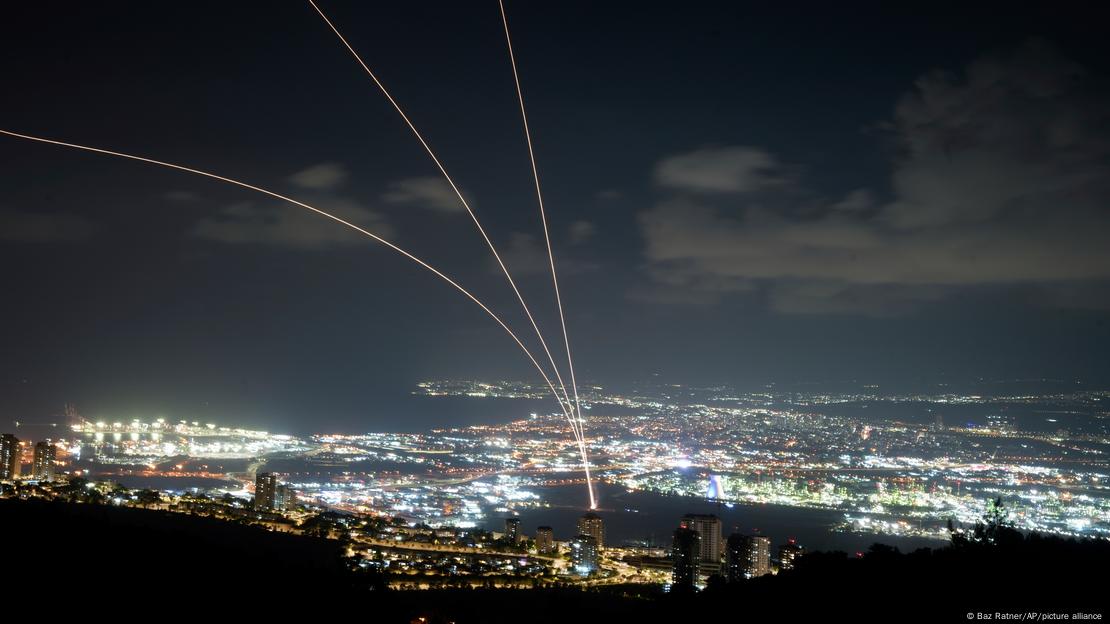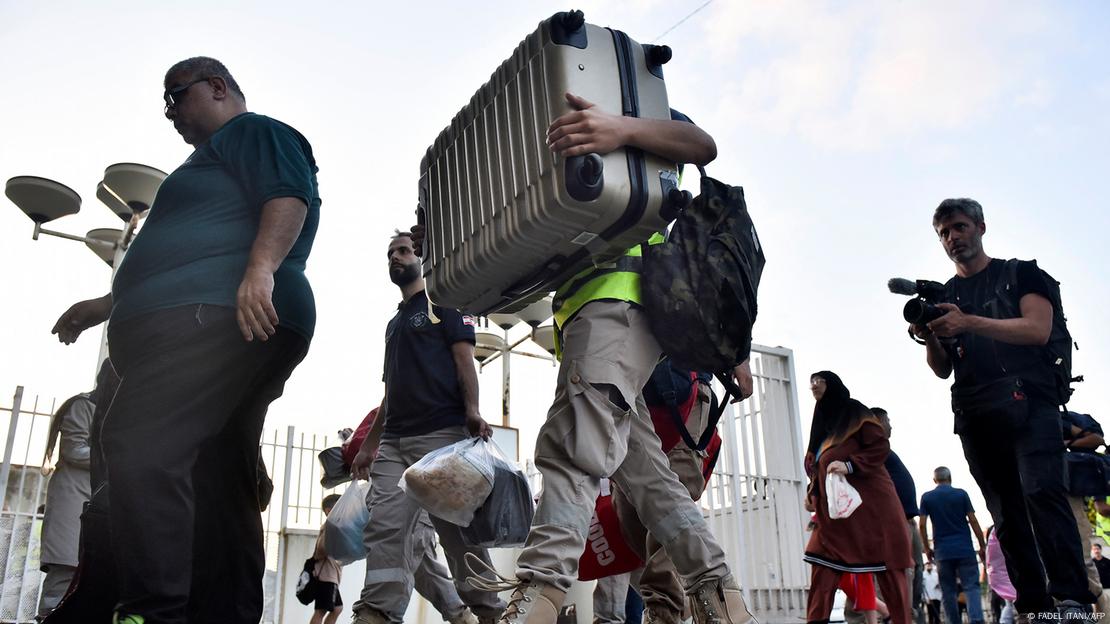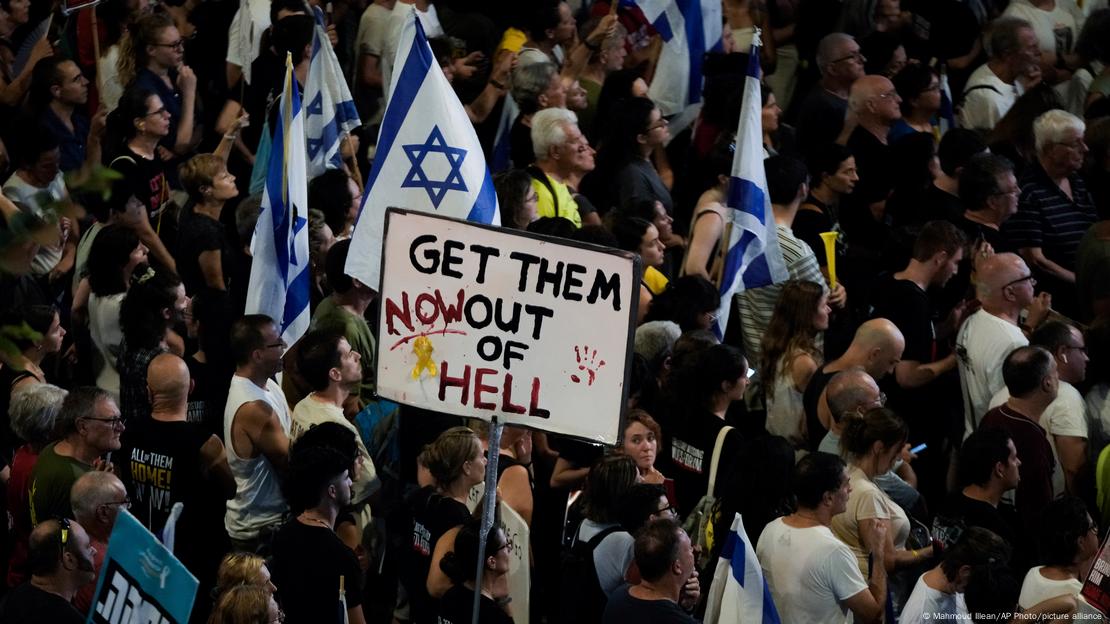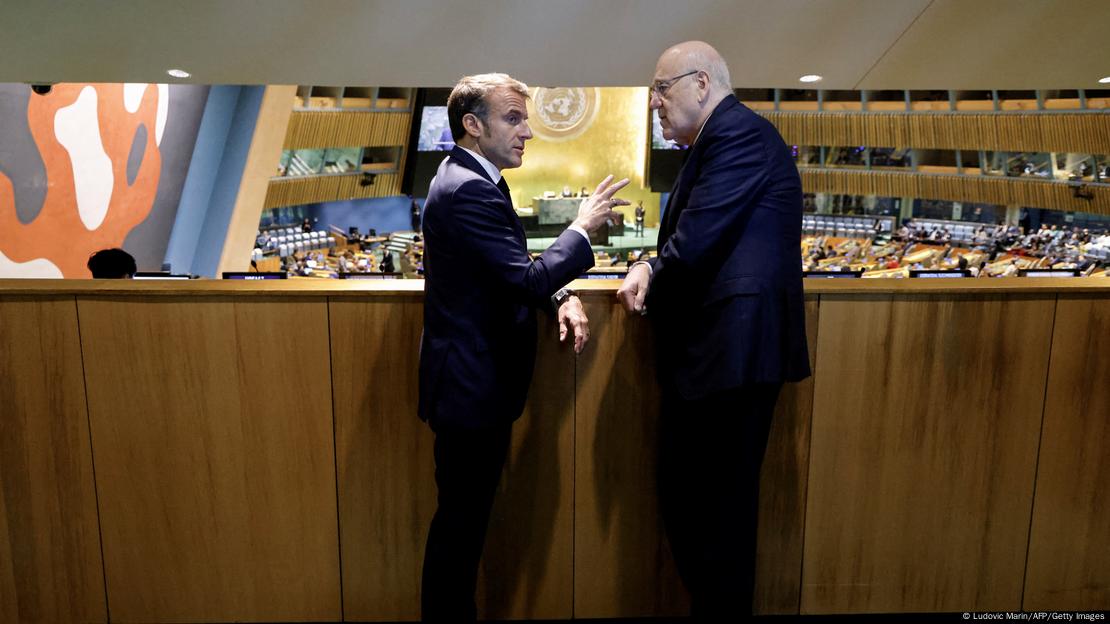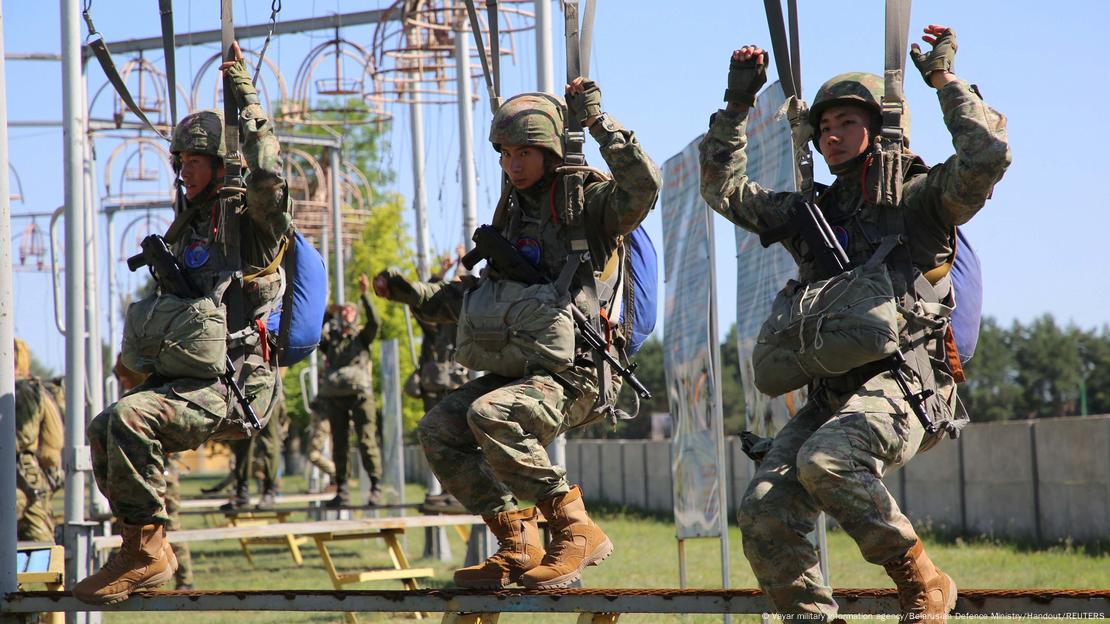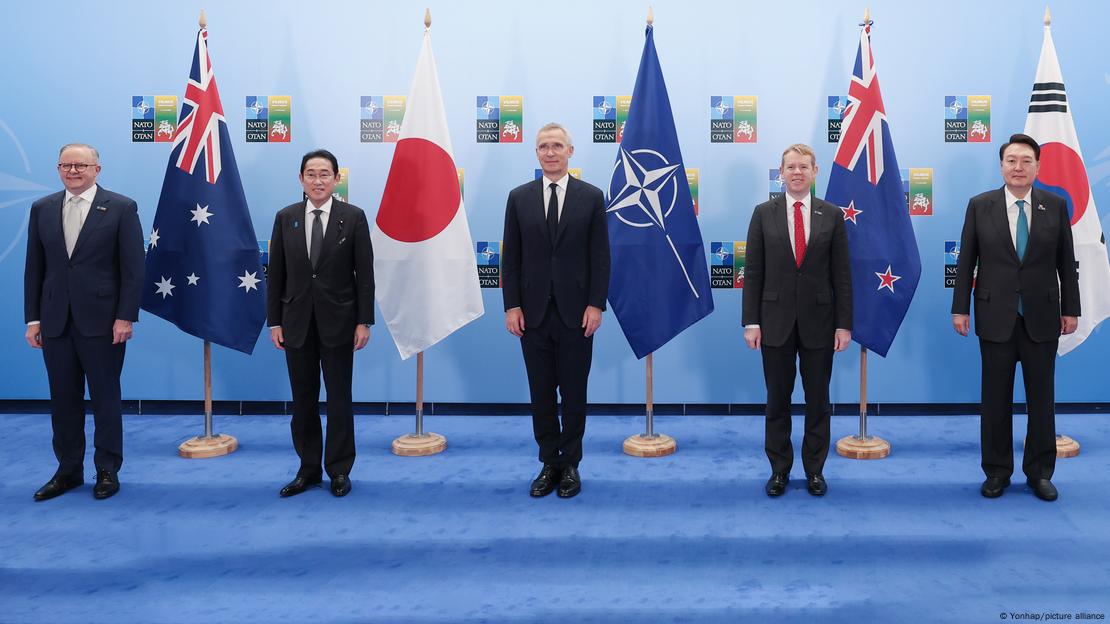Study: Climate change made rains that led to deadly European floods more likely, heavier

The Elbe river in Dresden, Germany, pictured on 16 September at 19 feet above its normal level after four days of the heaviest rain ever recorded in central Europe that a report out Wednesday says was made much more likely by human-induced climate change.
File photo by Filip Singer/EPA-EFE
Sept. 25 (UPI) -- Extreme rainfall that triggered deadly floods in Europe killing at least 24 people earlier this month was made both more likely and worse by orders of magnitude by man-made climate change, a new study published Wednesday said.
The heaviest rain over a four-day period Sept. 12 through Sept. 15 in Poland, Slovakia, Romania, Austria and the Czech Republic was made at least twice as likely and 7% more intense due to human-induced climate change, according to research by academics for World Weather Attribution.
Sept. 25 (UPI) -- Extreme rainfall that triggered deadly floods in Europe killing at least 24 people earlier this month was made both more likely and worse by orders of magnitude by man-made climate change, a new study published Wednesday said.
The heaviest rain over a four-day period Sept. 12 through Sept. 15 in Poland, Slovakia, Romania, Austria and the Czech Republic was made at least twice as likely and 7% more intense due to human-induced climate change, according to research by academics for World Weather Attribution.
"In today's climate, which is 1.3 degrees Celsius warmer than at the beginning of the industrial period, a rainfall event of this magnitude is a very rare event expected to occur about once every 100 to 300 years," the group said in a news release.
"As the event is by far the heaviest ever recorded, the exact return time is difficult to estimate based on only about 100 years of observed data."
However, using observational data to isolate trends the researchers found heavy four-day rainfall events had become about twice as likely and 20% more intense since the pre-industrial era.
They calculated the changes in frequency and intensity specifically linked to man-made climate change by using models simulating heavy rain in the affected areas combined with their observation-based evaluations.
"All models showed an increase in intensity and likelihood as well, as expected from physical processes in a warming climate. The combined change, attributable to human-induced climate change, is roughly a doubling in likelihood and a 7% increase in intensity.
"The models are, however, not explicitly modeling convection, and new convection-permitting studies have shown that increases in precipitation may have been underestimated in lower-resolution climate models. Therefore, these results are conservative," WWA said.
The scientists warned that in a future warming scenario where the global temperature rises to 2 degrees Celsius above pre-industrial levels, their models show even heavier 4-day rainfall events, with rainfall intensity rising a further 5% and the likelihood jumping half as much again, compared with today.
They cautioned that these calculations too were likely underestimates of the real picture because existing climate models underplay the frequency of very heavy rainfall.
The trend is clear. If humans keep filling the atmosphere with fossil fuel emissions, the situation will be more severe," said study co-author and Poznan University climatologist Bogdan Chojnicki.
Every 1 degree Celsius of heating of the atmosphere allows it to hold 7% more moisture providing water is readily available, physicists have calculated.
The record-breaking rains unleashed on central Europe were the result of cold air from the Arctic colliding with wet air from the Mediterranean and the Black Sea creating Storm Boris which remained static for turning rivers into torrents that tore through major urban centers along their banks.
The death toll from the recent floods was much lower than in previous events in 2021, 2002 and 1997 when hundreds of people were killed thanks only to upgraded emergency management systems across Europe largely working well despite the higher intensity and larger scale, WWA said.
But they stressed that any loss of life highlighted the need for additional measures to account for climate change including constructing flood defences at scale and improving risk communication and emergency response plans.
The WWA research was a so-called "attribution study" that uses recognized scientific practices but has not gone through the normal peer review process prior to publication.






